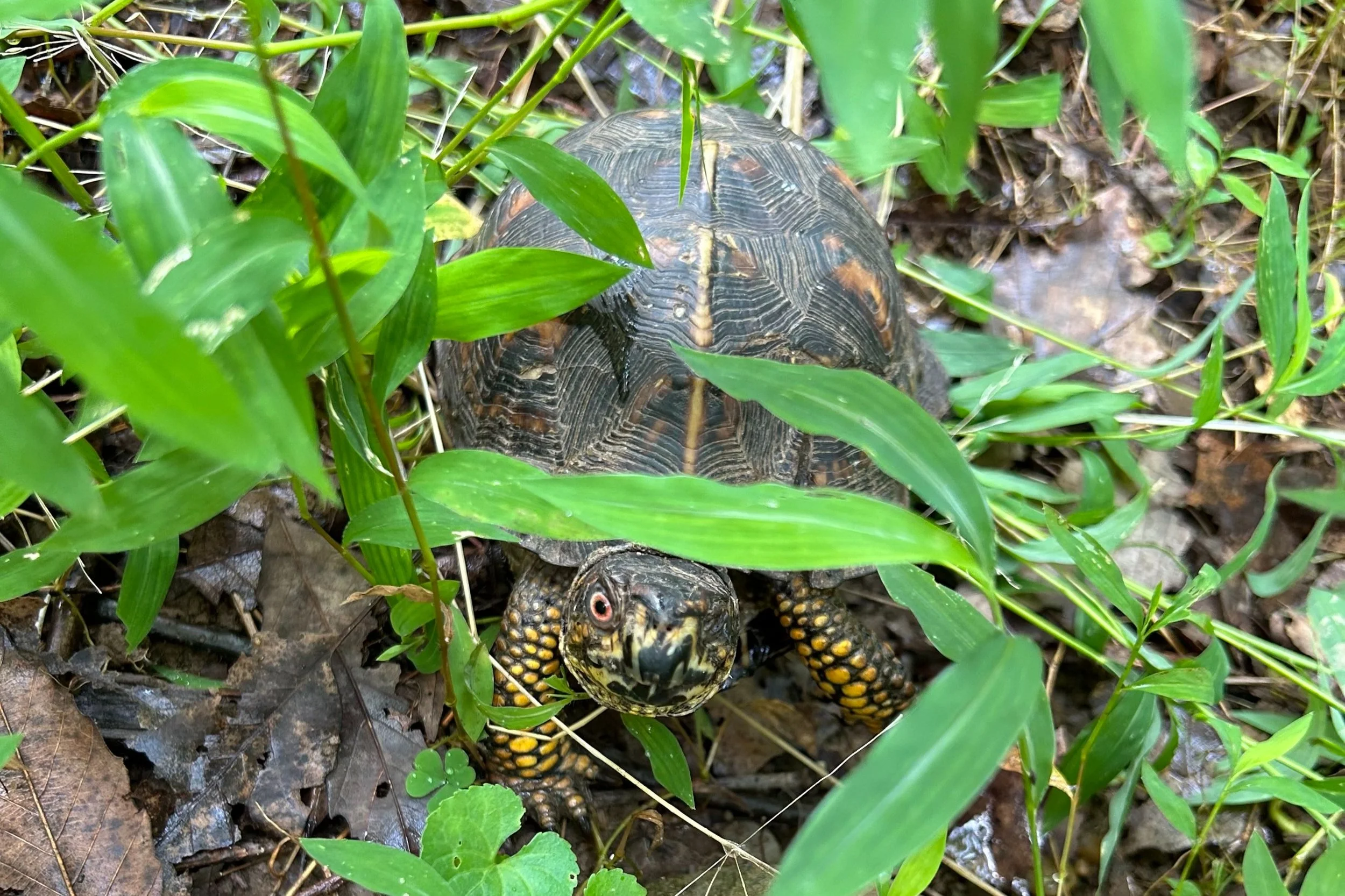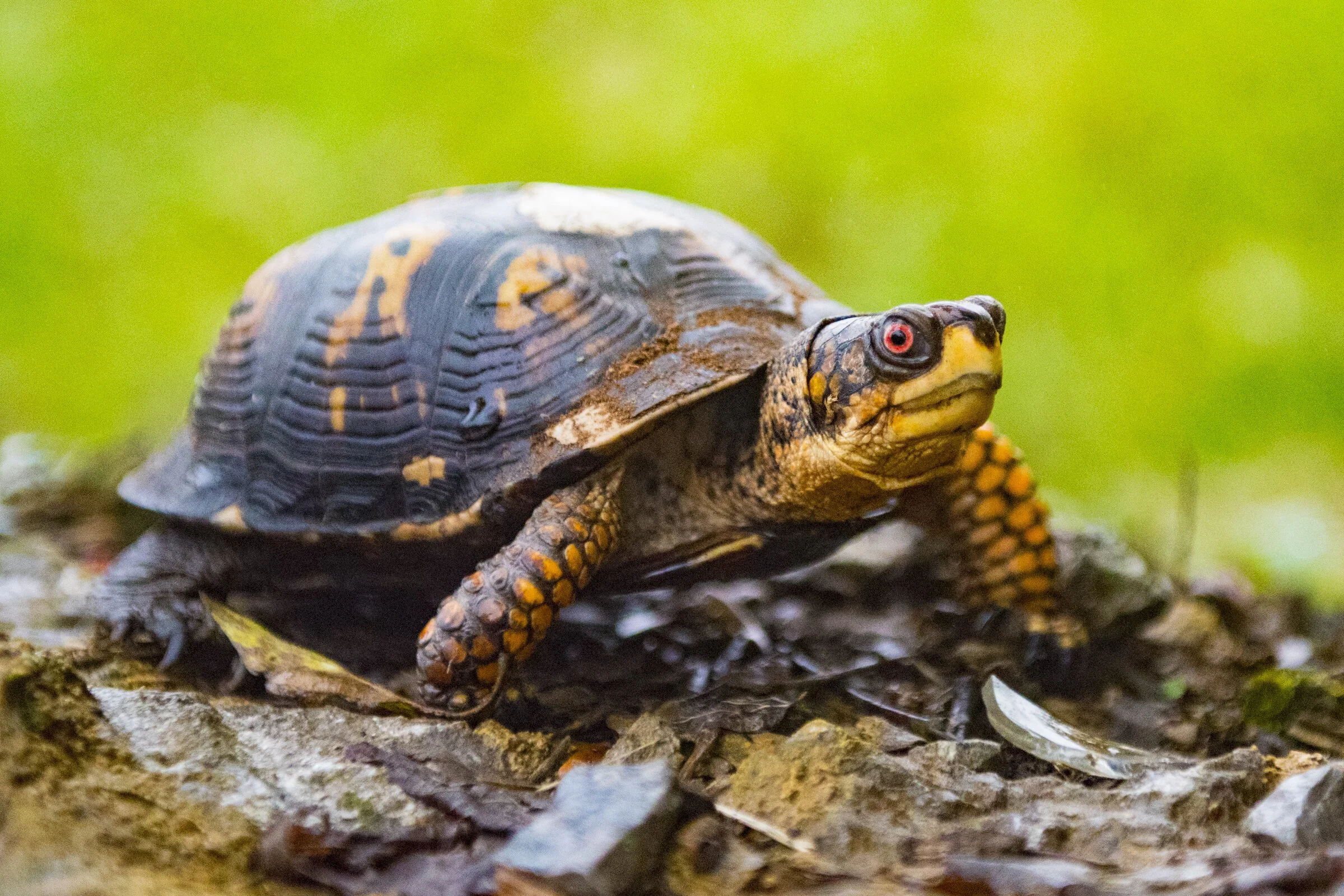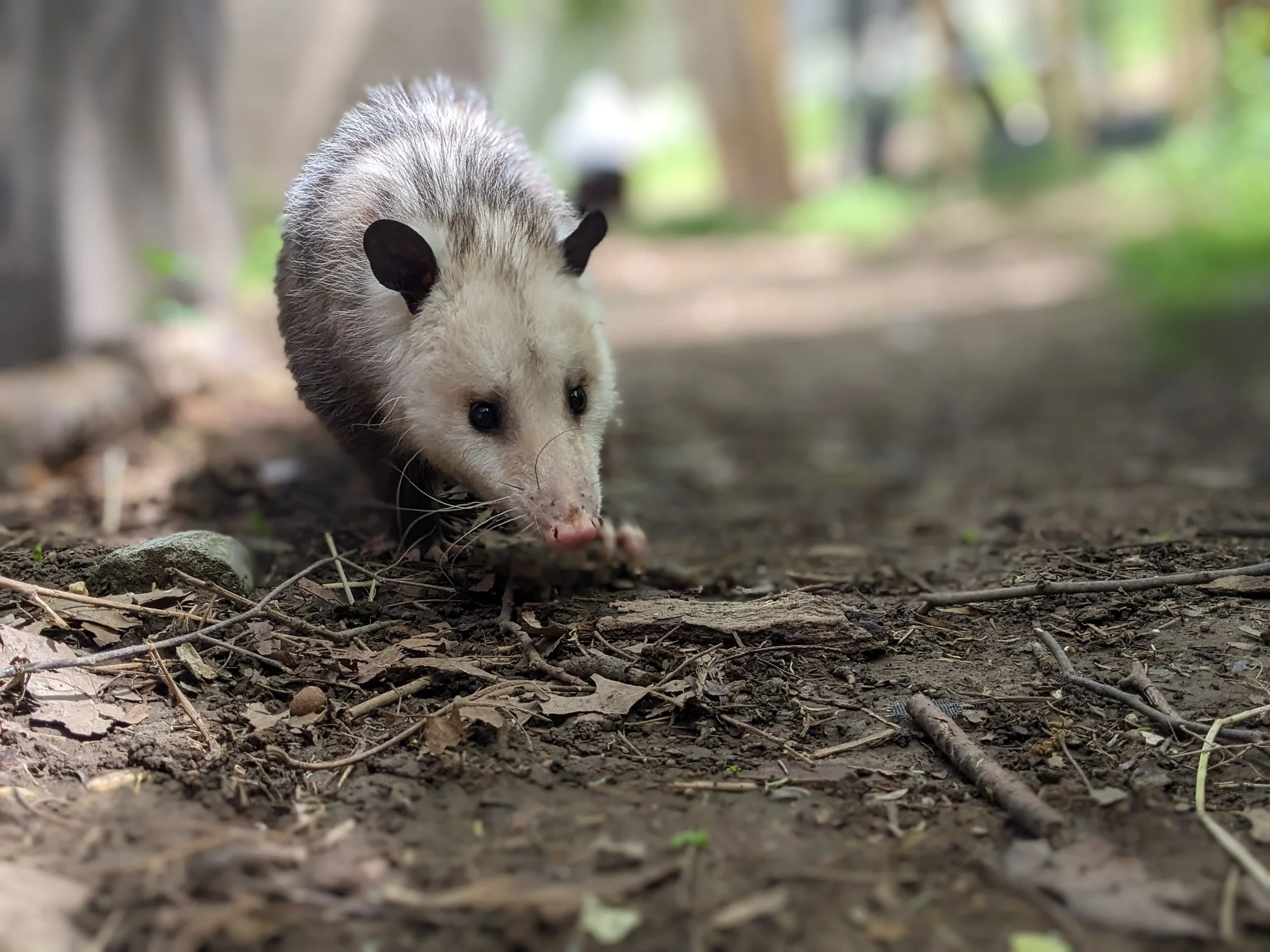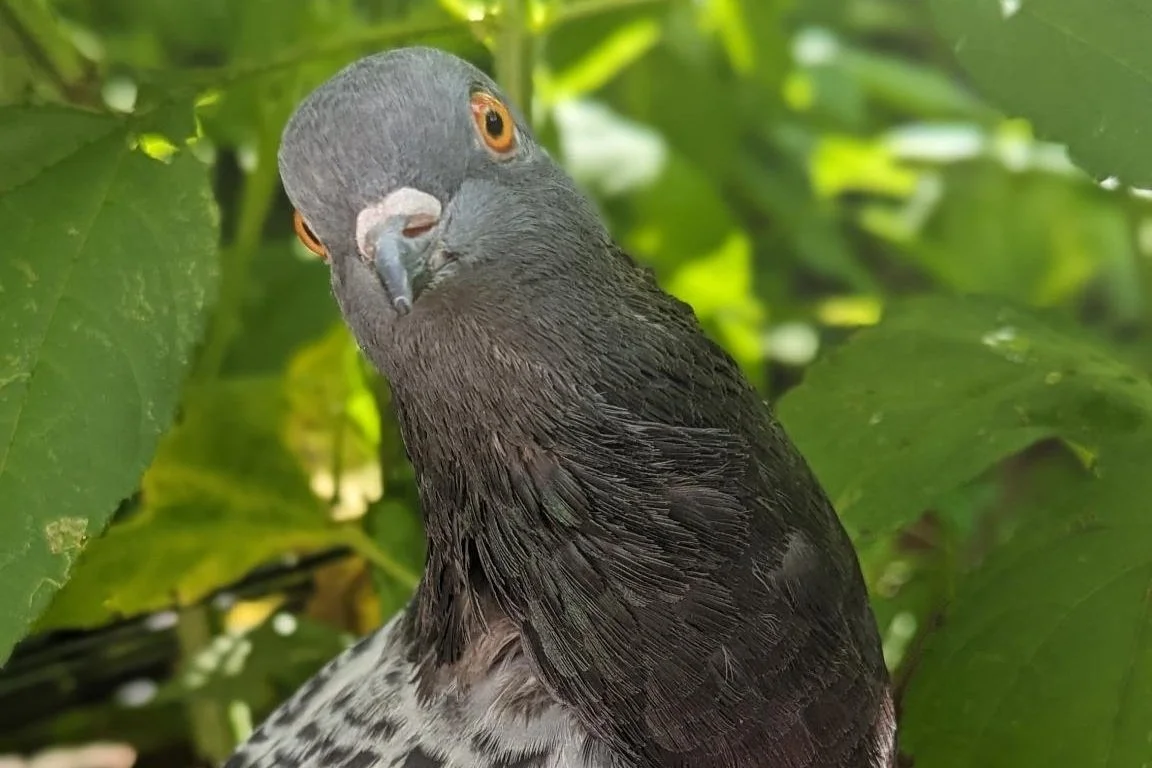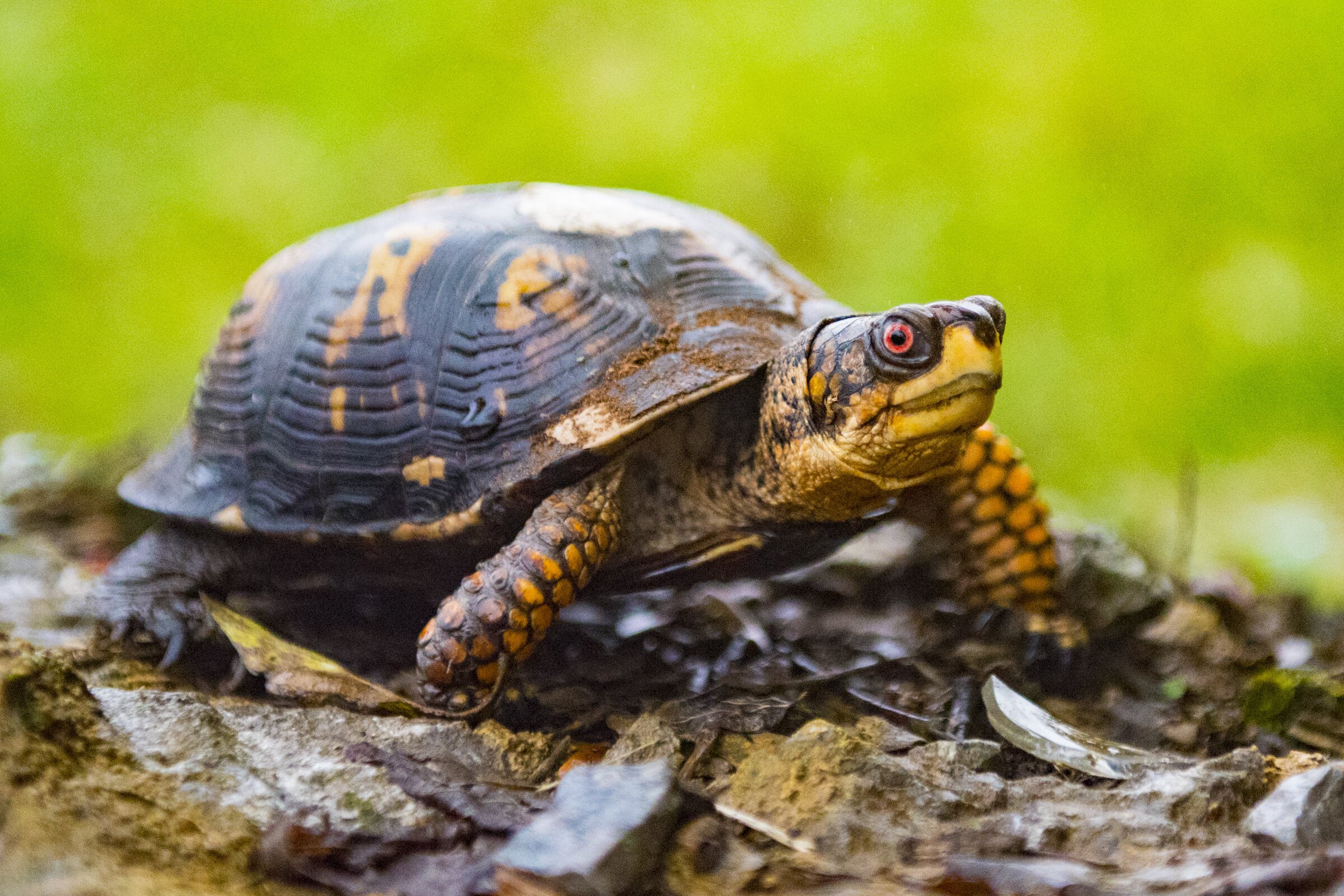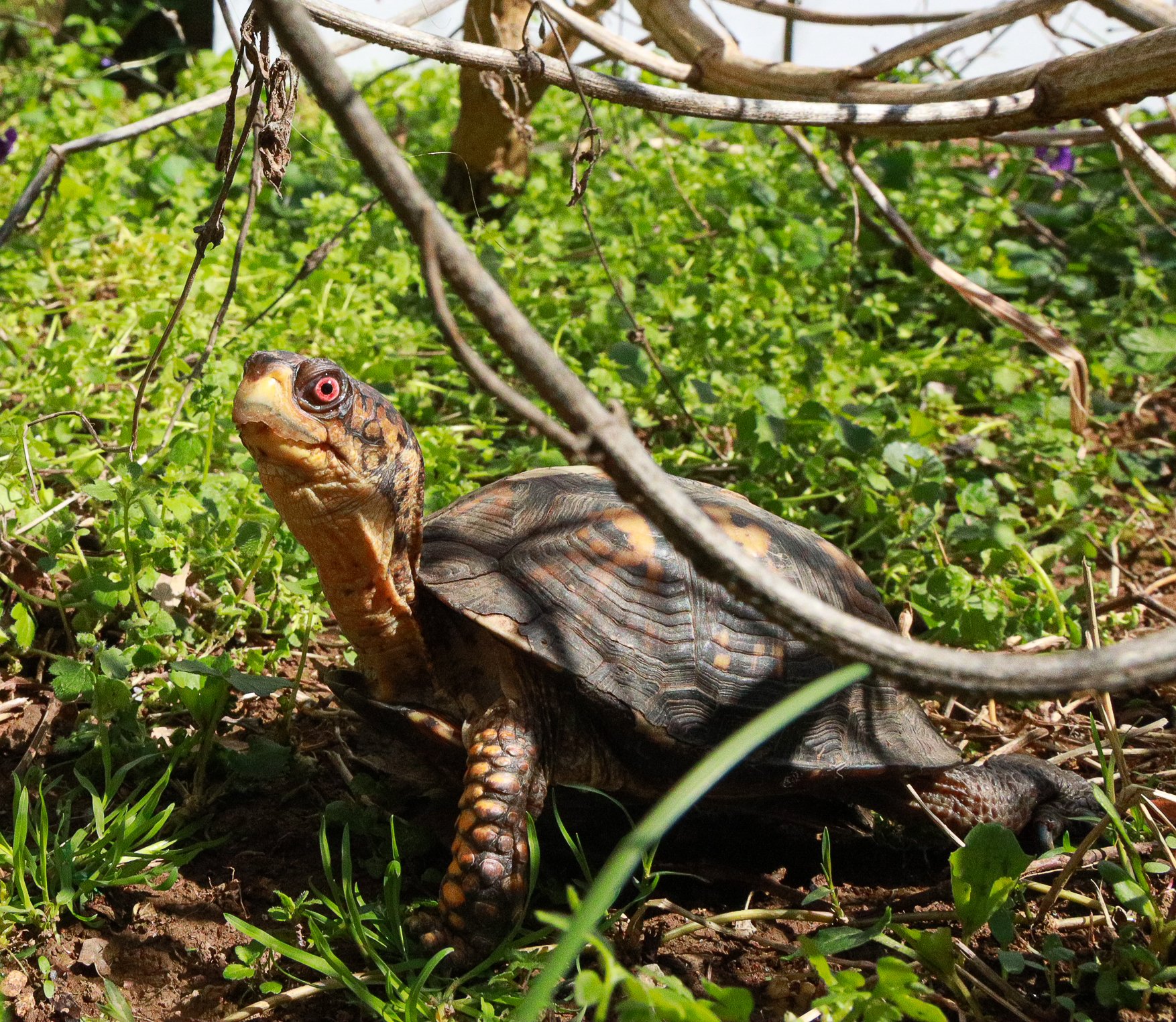
“We don‘t own the planet earth. We belong to it. And we must share it with our wildlife.”
-Steve Irwin
Wildlife Ambassadors
Our ambassadors are non-releasable native Tennessee wildlife that educate the community about local animals. Although they cannot return to the wild, they thrive with natural enrichment and habitats at Nashville Wildlife Conservation Center.
OUTREACH
Interested in a program to learn more about Nashville wildlife and our Wildlife Ambassadors? Head over to our outreach page to fill out an interest form today!
Want to make a difference in the wildlife ambassadors’ lives? Donate today to help make a difference!
In order to help the local community coexist with Nashville’s wildlife, we do ongoing research on wildlife released from our care at NWCC. This helps us improve our hospital’s methods and techniques so that we can provide the best care possible for the injured wild animals that come into NWCC. We then use those protocols to help other wildlife rehabilitators.
Research
Check out our article discussing the rehabilitation methods we’re working on:
-
Successfully rehabilitated eastern box turtles (EBTs, Terrapene carolina carolina) originating from destroyed or degraded habitats are prime candidates for translocation. However, physiological and behavioral characteristics of chelonians often lead to acclimation difficulties and limited survival post-release. Soft release is a translocation technique whereby an animal is held in a pen on location and allowed to acclimate to its new habitat area for a predetermined duration prior to release. This pilot study explored the viability of small-scale, soft release penning to aid wildlife rehabilitators in the translocation of rehabilitated EBTs. We hypothesized that soft release penning is a practical strategy to help rehabilitated EBTs maintain health and appropriately sized territory in new environments. We built and deployed two soft release pens that were used to relocate three rehabilitated EBTs with varying success to an urban greenspace in Nashville, Tennessee. Our results suggest that soft release penning provides a unique opportunity to observe health and behavior in a controlled environment during the initial period of acclimation, and this early intervention period may help rehabilitators facilitate successful translocation. Further research is recommended to evaluate the direct impacts of soft release pens on body condition, dispersal distance, and home range size of translocated EBTs.
Alexander, J. E., Debbie Sykes, & Healan, A. M. (2023). Pilot study on the use of soft release for translocation of rehabilitated eastern box turtles (Terrapene carolina carolina). Wildlife Rehabilitation Bulletin, 41(2), 36–43. https://doi.org/10.53607/wrb.v41.259
Teaching Tools
Acknowledging the limits of time and resources available to teachers, we’ve provided some lesson plans that can be utilized by those who need them. We strive to educate the Nashville community on how to coexist with the wildlife found around here, and by providing lesson plans to those already in the classroom, we can help spread the tools and techniques that make living with our wild neighbors easier.
Check out our downloadable content below:
THE GREAT MIGRATION
(Recommended Age: K-5)
-
LS2: Ecosystems: Interactions, Energy, & Dynamics
LS4 C/D: Biological Change: Unity & Diversity (Adaptation/Biodiversity and Humans)
ESS3 C/D: Earth & Human Activity (Human Impacts on Earth Systems/Global Climate Change)
-
As seasons change, many animals have to move their homes. Moving helps them find new food, water, and shelter, as their habitat changes with the weather. The food and water animals eat may not be available year-round. Animals also migrate to avoid extreme heat or cold. They find warm places to live in the winter, and cool places in the spring and summer to raise their young. Global climate change can make a big impact on how and where animals migrate. Animals may migrate on the ground (bison, elk, frogs, etc.), in water (salmon, whales, crabs, etc.), or in the air (birds, bats, butterflies, etc.). Microscopic creatures like plankton migrate, and so do enormous blue whales in the ocean. Different animals migrate different distances. Not every animal migrates. Be sure to show students pictures of the different animals you discuss!
Monthly Animal Featured:
Eastern Box Turtle
Known officially as the state reptile in three states, including Tennessee, the Eastern Box Turtle is one famous reptile! They can be found roughly throughout the eastern third of the United States walking through various terrain. These animals are often mistaken for an aquatic turtle, but these turtles aren’t very good swimmers. One interesting feature of their shell is the ability to close it completely–hence the name “box.” Most turtles are unable to close their shell completely, but thanks to a hinge-like shell part on the plastron or bottom shell, the Eastern Box Turtle is able to completely block out unwanted visitors!
With summer wrapping up, you might still see these guys around! They’re amongst Nashville yards, in the parks, and crossing roads! The best thing to do if you see them is to leave them alone! They’re not fond of strangers, and we don’t want to scare them, do we? If they’re crossing the road, however, it’s best to help them by putting them on the side of the road in the direction they were already going. This is because if you put them on the wrong side, they’ll just start crossing that dangerous road again! If you spot them in your yard, put a laundry basket or something to keep them contained while you mow; just make sure to retrieve the basket once you’re done mowing!
Check us out monthly to see what animal we’re featuring that month or click to find more about Tennessee native animals below!


